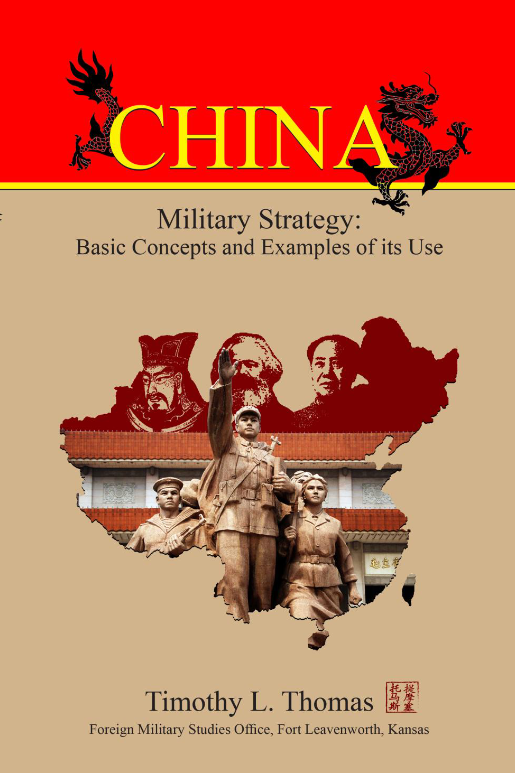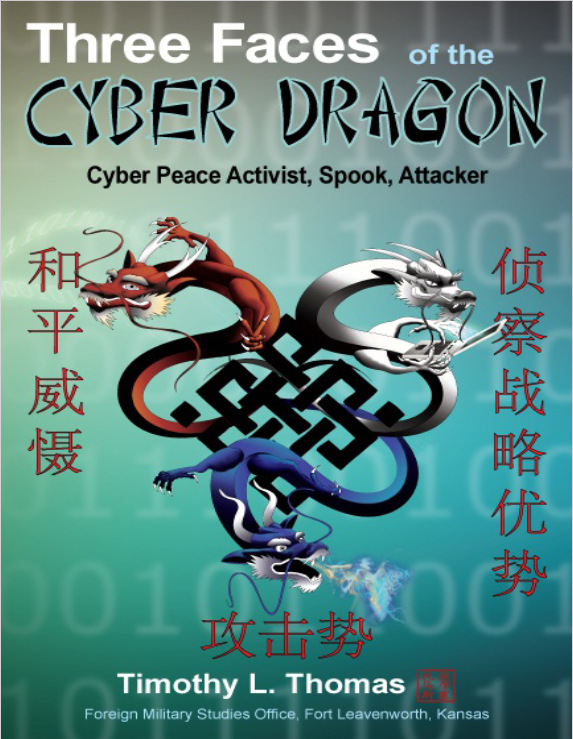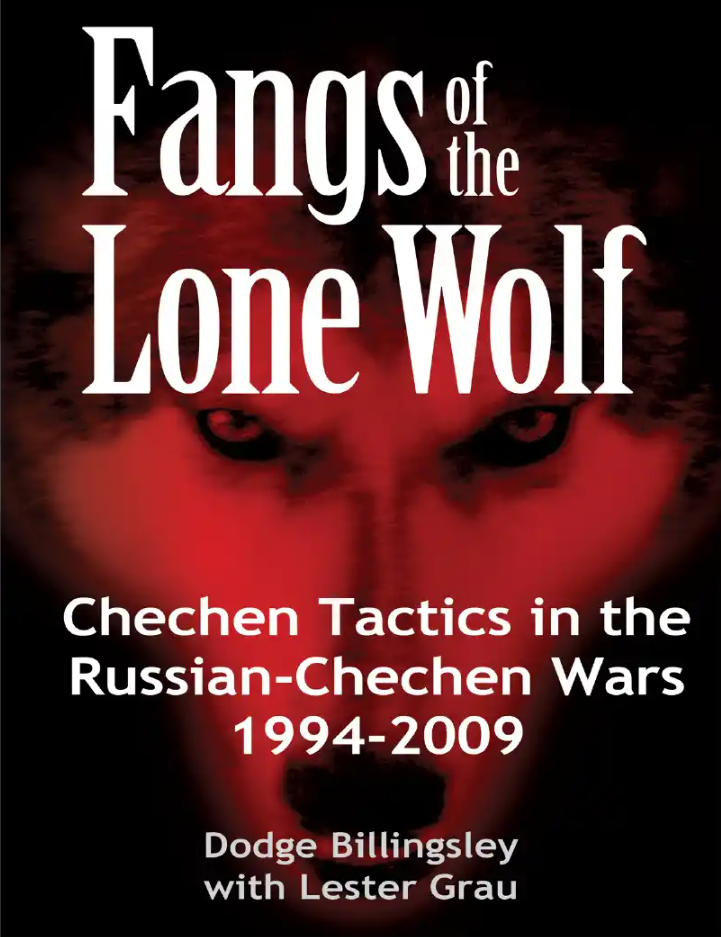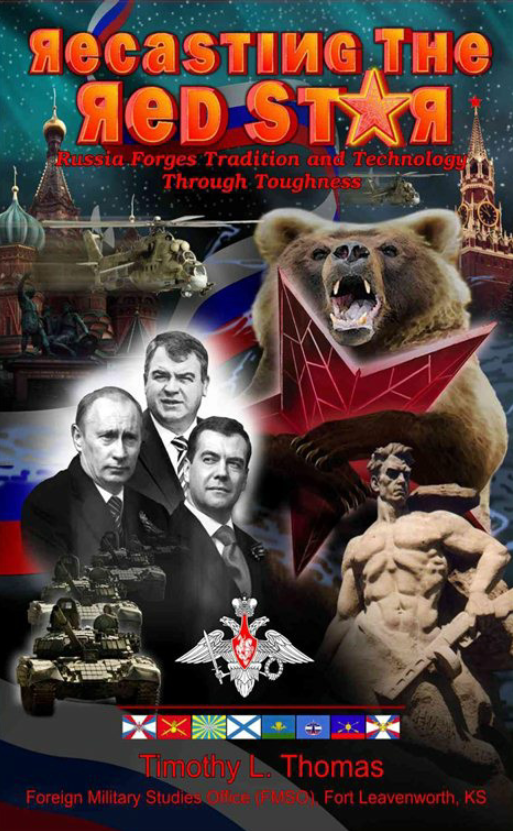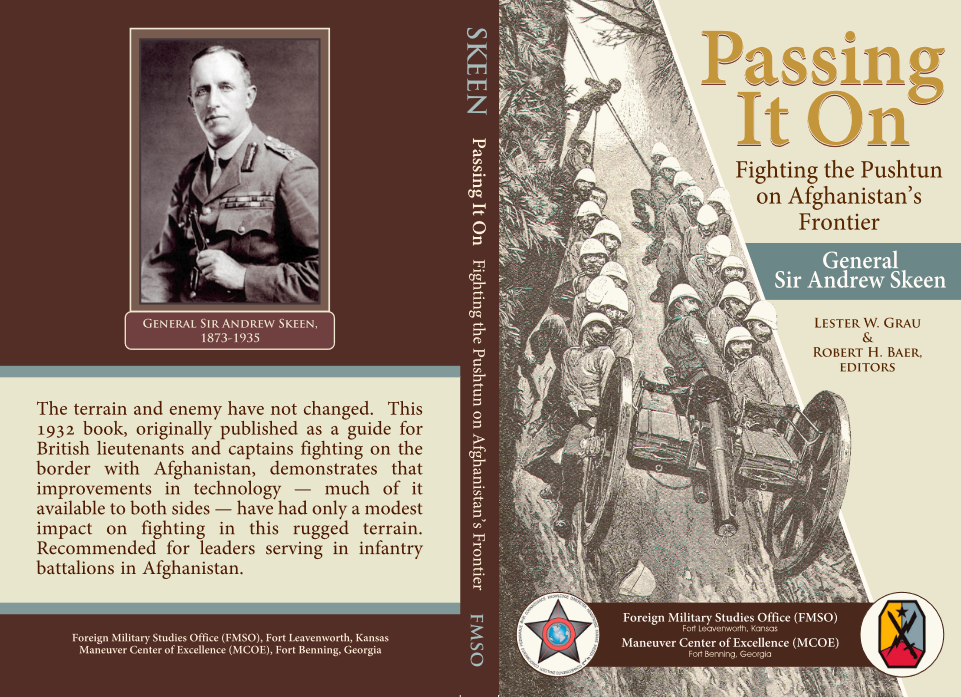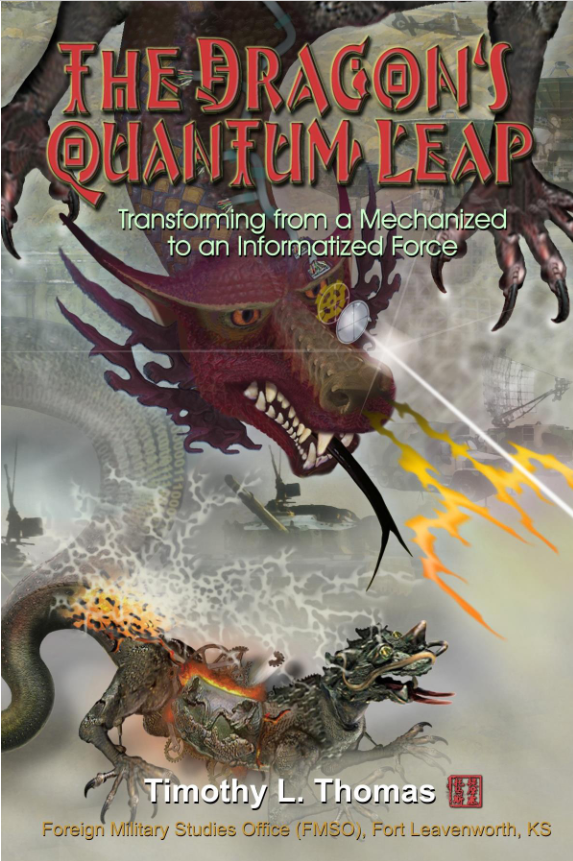(Click image to download book.)
Chinese retired Lieutenant General Li Jijun noted in 2006 that, from the vantage point of the People’s Liberation Army (PLA), “Therefore, in war direction, understanding the adversary’s ideological culture and strategic thinking method is as important as finding out the adversary’s military deployment.” This book seeks to address the concept of China’s military strategy in order to help US analysts better understand PLA motives and intent. While the People’s Republic of China (PRC) is not an enemy, it has developed into a powerful competitor worthy of closer examination. If we (the US) are to follow the advice of PLA analysts, and do what they are doing, then we should be using peacetime to contemplate how their strategic thought is developed and implemented. Keeping a finger on the pulse of the PLA’s thought process as it proceeds with confidence (and some degree of arrogance) into the second decade of the 21st century will allow the US to assess the probable direction (or uncover purposeful misdirection) inherent in PLA strategy. Accordingly, any required adjustments to US military strategy can be formulated. The analysis merely suggests a way of considering or thinking about PLA strategy and not necessarily the way. The discussion and conclusions are almost solely based on the use of translated Chinese documents and, as such, attempt to offer a purely Chinese perspective on the content, goals, and implementation of strategy.

